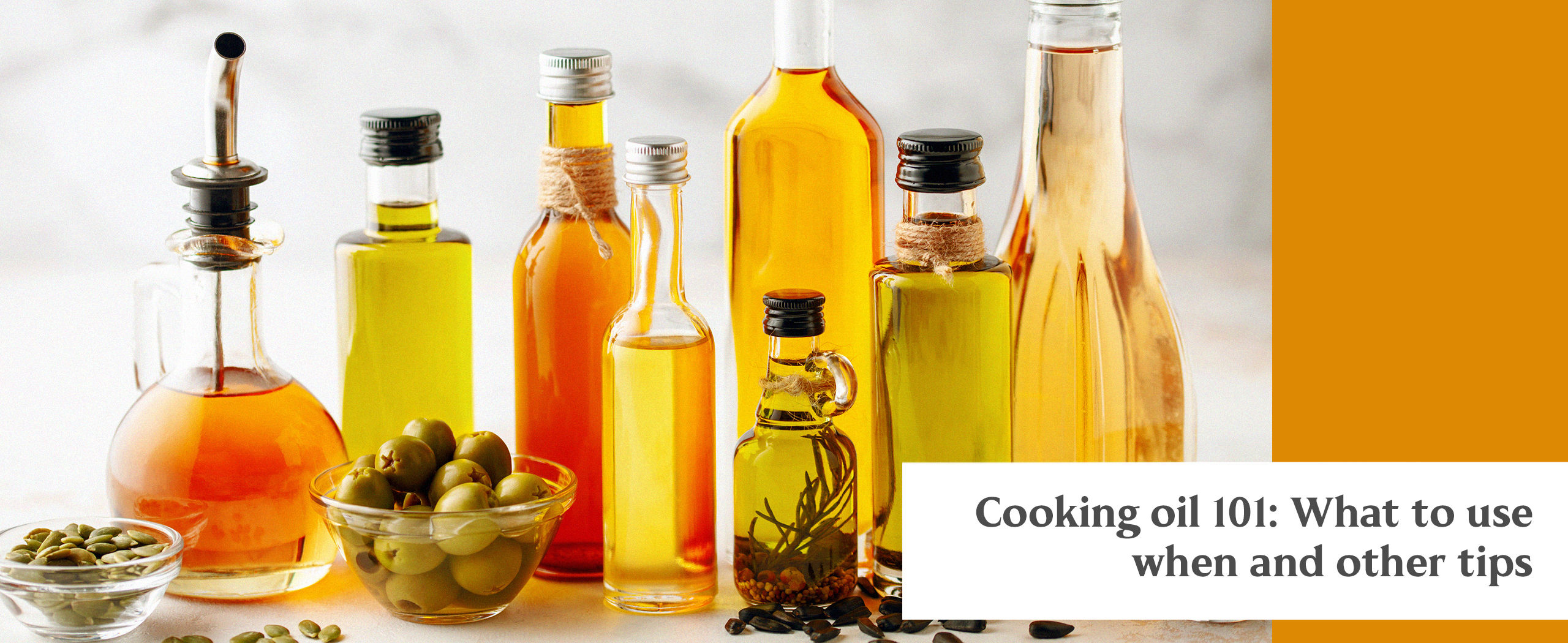The onion is an ancient ingredient dating back to 5000 BCE, when it was first cultivated in present-day Iran and Western Pakistan. Since wild varieties also grew plentifully in regions around the world, they became a staple, consumed on their own in the absence of other foods, and used in the preparation of many foods.
Today, in cuisines all over the world, the onion is used as an essential and basic ingredient, frequently combined with garlic, ginger, celery, and carrots etc., upon which hundreds of main and side dishes are built. Thus, it would not be incorrect to say that this seemingly ordinary and humble vegetable is the heart of cuisine around the world.
Benefits of onion
Onions not only provide the base flavor to world cuisines, but also have several health benefits. They are a rich source of antioxidants and have anti-inflammatory properties. They also contain fiber, vitamins, and minerals, such as vitamin C and potassium. Thus, they contribute to good digestion, cardiac health, and boost the immune system.
It is generally considered that eating them raw in salads, etc., provides more nutrition; however, consuming onions raw can be difficult for some people. The onion’s strong flavor may not sit right with some, while for others, eating it raw may cause digestive issues. Of course, if you soak them in cool water for about 15 to 30 minutes, it makes them far more palatable and easier to digest. However, nutritional and health benefits don’t decrease to any great degree when cooked, so if you have a problem eating raw onions, you are not missing out on any of the wonderful health benefits of this bulbous plant in cooked form.
Types of onion
While there are several types of onion classified under the Latin name Allium cepa, the most commonly used types are sweet, white, yellow, and red. Other frequently used types include shallots that combine flavors from red and yellow types but are less pungent. We also have spring onion, also known as green onion. These are harvested young and are often used to garnish dishes or added to salads. Scallions are similar to the spring variety, but they are harvested when still less mature because they dry out instead of growing with time.
Of course, depending on your individual taste, you can prepare a dish with any variety you like and prefer, but the type used will affect the flavor profile of your dish.
Sweet ones are less pungent and therefore more suitable for salads. If cooked too long, they tend to become mushy. White ones are good for salsas, salads, and garnishing purposes. The yellow variety is good for preparing dishes with a long cooking time because it doesn’t tend to fall apart. Red ones are a great choice for grilling, and also for cooking dishes with a sweet taste. Shallots can be cooked or eaten raw. They are perfect as a crispy fried topping for soups, salads, and noodles, etc. Green or spring onions and scallions are a great choice for adding to omelets after frying them in butter, for making pancakes, and for using raw as garnish.
Onion in world cuisines
Onions are a versatile ingredient. When sautéed or caramelized, they release their natural sugars, creating a great base for building flavors that we associate with cuisines from around the world.
Mirepoix is a vegetable base in French cuisine made with diced onions, carrots, and celery. It is prepared with two parts of onion, one part carrots, and one part celery. The same ingredients in the same ratio are prepared using olive oil or butter in Italian cuisine, known as soffritto (meaning slightly fried), or the ‘holy trinity’ of Italian cooking for many pasta dishes and sauces. In New Orleans’ Cajun cuisine, the French influence introduced the same ‘holy trinity’, but carrots were replaced by bell peppers.
In Indian cuisine, onions combined with garlic and ginger create the base for preparing countless curries and other dishes with gravy. Yellow ones are preferred for cooking, but red ones are used for salads. Frequently, they are fried and caramelized to use as a crispy topping for dishes such as lentils alongside options of fresh cilantro, green chilies, freshly sliced ginger, and lime juice.
Thus, one simple and inexpensive ingredient is used in various ways as a base to create countless different flavors everywhere in the world.
Recipes starring onions
You might be familiar with many dishes in which the onion is used as a base, but there are some recipes where this easily ignored but vital ingredient is the star of the dish.
Pajeon or Korean savory scallion pancakes are quick to make and can be eaten as a main dish, starter, or snack. In Korea,n Pa means green onion, and jeon means pancake. Find the recipe by Kimberly Killebrew and enjoy this amazing dish with a dipping sauce.
Enjoy a hearty French onion soup, traditionally made with the yellow variety, but you can also prepare it with red or white types. Find the recipe by Lori Levin for a taste of this great comfort food.
Of course, an onion salad is not a main dish, but it is the one condiment that complements a chicken or beef shawarma, or a falafel dish, like no other side can. If you are in the mood for a traditionally Middle Eastern sumac onion salad, follow this recipe by Luay Ghafari to make this quick and fresh salad with the lovely tangy flavor of sumac.
Don’t forget to soak your onion in cold water if you want to make it more palatable and easier to digest! And also don’t forget that Kaiser can provide you with a variety of Mediterranean-style dishes that can be enjoyed with the sumac salad. Even Indian foods such as chicken biryani and tikka masala can be enjoyed with this salad, if you are fond of fusion twists!
Things that make us cry can be delicious, too!
If you cook every day, perhaps you are sick of cutting onions because they make you cry, and you don’t want to go through the pain and tears. If you don’t cook every day, you might be afraid of preparing a dish with this simple but potent ingredient.
When you cut through it, a chemical compound is released. Enzymes combine with sulfur, which contains amino acids. The gas produced as a result reaches the eyes and causes them to tear up. Tears are the natural response of the eyes to wash away the irritant gas.
One simple way to protect your eyes is to wear kitchen goggles. If you are in the mood for a bit of myth-busting, you could try tricks such as biting a spoon, chewing gum, drinking water before chopping, etc., although they have been tested and unfortunately don’t seem to work!
You could also go for the tearless type. The tearless varieties took 30 years to develop, and they are not genetically modified. They have been produced through a process of natural selective cross-breeding. However, these varieties are expensive, and while cutting them does not lead to pain and tears, they don’t have much taste left. The amino acid sulfoxides that make us cry are also the source of the strong and sweet flavor we love.
So, where does this bring us… not to another witty analogy comparing life to an onion. Maybe there is a more down-to-earth, less flashy and simple lesson we could learn; things that make us cry are not necessarily bad for us…they can be delicious, and it is possible to take steps to enjoy them without crying… and that sometimes a good cry is just as necessary as a good laugh.



